Home>Articles>How To Make Cannabis Cooking Oil With Electric Skillet
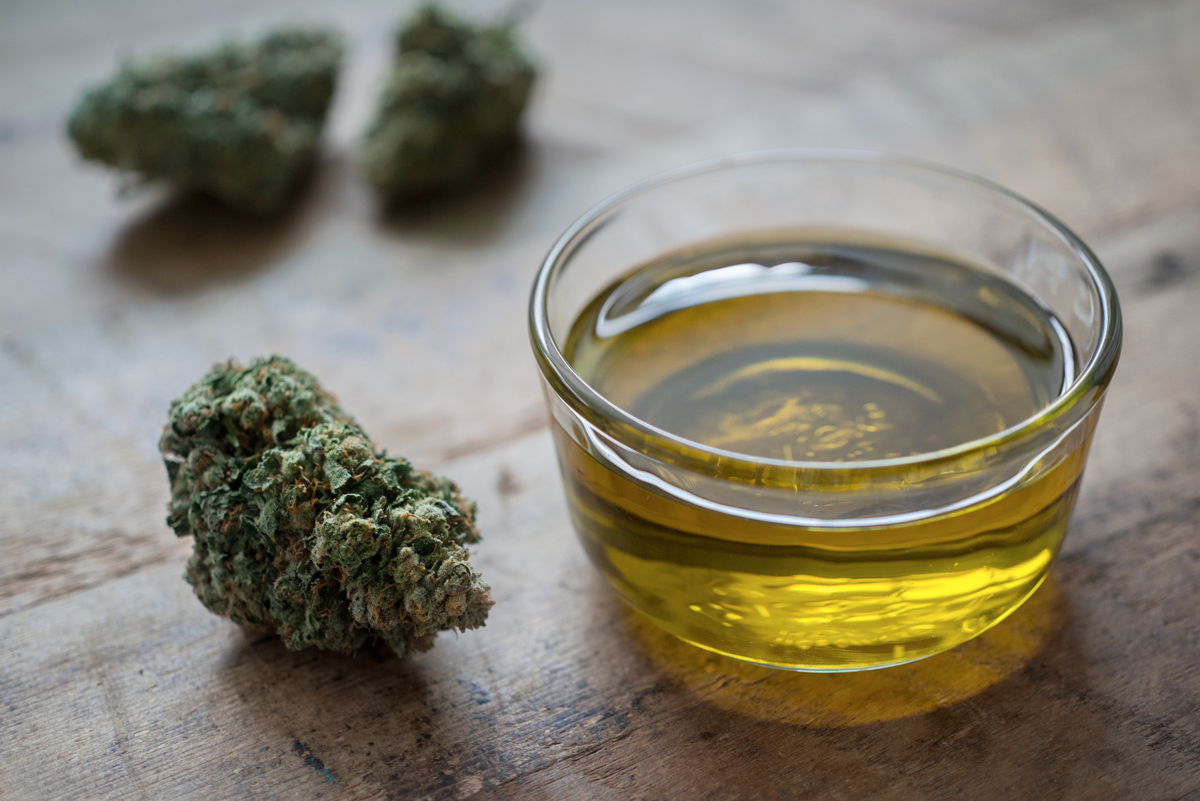

Articles
How To Make Cannabis Cooking Oil With Electric Skillet
Modified: January 6, 2024
Learn how to make cannabis cooking oil with an electric skillet in this informative article. Discover step-by-step instructions and tips for a successful infusion process.
(Many of the links in this article redirect to a specific reviewed product. Your purchase of these products through affiliate links helps to generate commission for Storables.com, at no extra cost. Learn more)
Introduction
Welcome to the world of cannabis cooking! As the legalization of cannabis continues to spread across the globe, more and more people are discovering the joys of infusing cannabis into their favorite recipes. One popular way to incorporate cannabis into your culinary adventures is by making cannabis cooking oil.
Cannabis cooking oil, also known as cannabis-infused oil or simply cannabis oil, is a versatile and potent ingredient that can be used in a variety of dishes. It allows you to experience the therapeutic and recreational effects of cannabis through delicious and homemade meals.
In this article, we will explore the process of making cannabis cooking oil with an electric skillet. We will guide you through the necessary steps, from choosing the right skillet to straining and storing the final product. So, whether you’re a seasoned cannabis enthusiast or a curious beginner, let’s dive in and discover how to create your own cannabis cooking oil.
Key Takeaways:
- Making cannabis cooking oil with an electric skillet involves decarboxylating the cannabis, infusing it with a carrier oil, and straining the final product. It’s important to choose the right skillet, gather the necessary ingredients, and follow safety precautions for responsible consumption.
- Experimenting with different strains, adjusting potency, and adding flavoring ingredients are ways to personalize cannabis cooking oil. It’s crucial to store the oil properly, follow legal regulations, and communicate clearly when sharing cannabis-infused dishes.
Read more: How To Make Sukiyaki In Electric Skillet
Understanding Cannabis Cooking Oil
Before we delve into the process of making cannabis cooking oil, it’s important to understand what it is and how it works. Cannabis cooking oil is a fat-based infusion that contains the active compounds found in cannabis, such as THC and CBD. These compounds are extracted from the cannabis plant and infused into a carrier oil, typically olive oil or coconut oil.
When cannabis is heated, the active compounds undergo a process called decarboxylation, which converts the non-psychoactive cannabinoids into their psychoactive forms. This means that if you want to experience the full effects of cannabis when consuming it in food, you need to ensure that the oil is properly infused and decarboxylated.
Unlike smoking or vaping cannabis, which deliver the cannabinoids directly into the bloodstream, consuming cannabis through cooking oil provides a more gradual and longer-lasting effect. This is because the cannabinoids are absorbed by the digestive system and metabolized by the liver before entering the bloodstream.
It’s important to note that the potency of cannabis cooking oil can vary depending on factors such as the strain of cannabis used, the ratio of cannabis to oil, and the cooking time and temperature. It’s recommended to start with a low dosage and increase gradually to find your desired level of potency.
Now that we have a general understanding of cannabis cooking oil, let’s move on to the next step: choosing the right electric skillet.
Choosing the Right Electric Skillet
When it comes to making cannabis cooking oil, selecting the right electric skillet is essential. An electric skillet provides precise temperature control, even heating, and a non-stick surface, making it an ideal tool for infusing cannabis into oil.
Here are some factors to consider when choosing an electric skillet for making cannabis cooking oil:
- Size: Consider the quantity of oil you intend to infuse. If you plan to make small batches, a compact skillet will suffice. However, if you want to make larger quantities, opt for a larger skillet with a higher capacity.
- Temperature Control: Look for an electric skillet with adjustable temperature settings, preferably with a wide temperature range. This will allow you to maintain precise control over the infusion process and prevent overheating or underheating.
- Non-Stick Surface: Ensure that the skillet has a non-stick surface to prevent the ingredients from sticking and burning. This will make the straining process easier and the cleanup a breeze.
- Durability: Choose an electric skillet made from high-quality materials that can withstand frequent use and high temperatures without warping or deteriorating.
- Ease of Use: Look for a skillet with user-friendly features, such as clear temperature dials, easy-to-grip handles, and a removable power cord for convenient storage.
It’s worth investing in a reliable electric skillet that meets your specific needs and preferences. Reading customer reviews and comparing different models can help you make an informed decision.
Once you’ve chosen the perfect electric skillet for your cannabis cooking oil adventures, it’s time to gather the necessary ingredients and supplies.
Gathering the Ingredients and Supplies
Before you embark on your cannabis cooking oil journey, it’s essential to gather all the necessary ingredients and supplies. Here’s a list of what you’ll need:
- Cannabis: Choose high-quality cannabis flower or trim. The strain and potency will influence the effects of your cannabis oil. Remember to check the local laws regarding cannabis possession and use.
- Carrier Oil: Select a high-quality oil that can withstand high temperatures, such as olive oil or coconut oil. These oils have a mild flavor that won’t overpower the taste of your dishes.
- Electric Skillet: As discussed earlier, choose an electric skillet that meets your needs in terms of size, temperature control, and durability.
- Grinder: A grinder will help break down the cannabis into a fine consistency, allowing for better infusion and decarboxylation.
- Cheesecloth or Fine Mesh Strainer: You’ll need a cheesecloth or fine-mesh strainer to strain the cannabis particles from the oil after infusion.
- Airtight Container: Prepare an airtight container, such as a glass jar, for storing your cannabis cooking oil. This will help preserve its freshness and potency.
- Label: To avoid confusion and ensure safety, label your cannabis cooking oil with the date of preparation and the strain of cannabis used.
- Optional Additions: If desired, you can gather additional ingredients to enhance the flavor of your cannabis cooking oil, such as herbs, spices, or citrus peels.
Having all the ingredients and supplies ready will streamline the process and ensure that you can make your cannabis cooking oil without any interruptions. Now that you have everything you need, it’s time to move on to the next step: decarboxylating the cannabis.
Decarboxylating the Cannabis
Decarboxylation is a crucial step in the process of making cannabis cooking oil. It is the process of applying heat to cannabis to activate the cannabinoids, specifically THC and CBD, making them more bioavailable and potent.
To decarboxylate your cannabis, follow these steps:
- Preheat your oven: Preheat your oven to 240°F (115°C). This temperature is ideal for decarboxylating cannabis without burning the plant material.
- Grind the cannabis: Using a grinder or your hands, break down the cannabis into a coarse consistency. Grinding the cannabis ensures that the heat is evenly distributed during the decarboxylation process.
- Spread the cannabis: Place the ground cannabis in a single layer on a baking sheet lined with parchment paper or a silicone mat. Make sure that it is spread out evenly to allow for uniform heating.
- Bake the cannabis: Place the baking sheet with the cannabis in the preheated oven for 40-45 minutes. This timeframe ensures that decarboxylation occurs without degrading the cannabinoids or overheating the plant material.
- Monitor the process: Periodically check the cannabis during baking to prevent it from burning or becoming too dry. If you notice any signs of burning or excessive dryness, lower the oven temperature or reduce the baking time slightly.
- Remove from the oven: Once the cannabis is golden brown and fragrant, remove it from the oven and allow it to cool completely before proceeding to the next step.
Decarboxylation is an important process because it activates the cannabinoids, making them available for extraction and infusion into the cooking oil. Skipping this step or not decarboxylating the cannabis properly may result in a less potent and ineffective cannabis cooking oil.
Now that you have successfully decarboxylated your cannabis, it’s time to move on to the exciting part: infusing the oil with cannabis.
When making cannabis cooking oil with an electric skillet, be sure to monitor the temperature closely to avoid overheating and burning the oil. Keep the temperature low and stir frequently for even infusion.
Infusing the Oil with Cannabis
Now that you have properly decarboxylated your cannabis, it’s time to infuse the oil with the activated cannabinoids. This step involves combining the decarboxylated cannabis with the chosen carrier oil to create the cannabis cooking oil. Follow these steps to infuse the oil:
- Combine cannabis and oil: In your electric skillet, combine the decarboxylated cannabis and the chosen carrier oil. The ratio of cannabis to oil will depend on your desired potency, but a common starting point is 1 ounce (28 grams) of cannabis to 1 cup (240 mL) of oil.
- Heat the mixture: Set your electric skillet to a low heat setting, around 160°F (71°C) to 200°F (93°C). This low and gentle heat will help infuse the oil without overheating it.
- Stir the mixture: Using a heat-resistant spatula or spoon, stir the cannabis and oil mixture regularly to ensure even distribution of the cannabinoids. This will help prevent any hot spots or uneven infusion.
- Infusion time: Let the mixture infuse for at least 2 to 4 hours. You can extend the infusion time for a more potent oil, but avoid exceeding 6 hours to prevent the oil from becoming bitter.
During the infusion process, keep a close eye on the skillet to maintain a consistent temperature and prevent the oil from overheating or reaching its smoke point. The low heat and slow infusion allow the cannabinoids to be extracted from the cannabis and incorporated into the oil.
Once the infusion time is complete, you’re ready to move on to the next step: straining and storing the cannabis cooking oil.
Straining and Storing the Cannabis Cooking Oil
After the infusion process, it’s time to strain the cannabis cooking oil to remove any plant material and achieve a smooth and refined final product. Follow these steps to strain and store your cannabis cooking oil:
- Prepare the strainer: Place a cheesecloth or a fine-mesh strainer over a clean container or bowl. Ensure that the container is large enough to hold the strained oil.
- Pour the oil: Carefully pour the infused oil into the strainer, allowing it to pass through and separate from the cannabis plant material. Use a spoon or spatula to press on the plant material, extracting as much oil as possible.
- Strain again (optional): If desired, strain the oil a second time through a finer mesh strainer or a coffee filter to remove any remaining small particles. This step can help achieve a clearer and smoother final product.
- Store the oil: Transfer the strained cannabis cooking oil into an airtight container, such as a glass jar or a bottle with a tight-fitting lid. Store it in a cool, dark place, such as a pantry or refrigerator, to preserve its freshness and potency.
- Label the container: It’s important to label the container with the date of preparation and the strain of cannabis used. This will help you keep track of the oil’s potency and ensure safe consumption.
Now that you have strained and stored your cannabis cooking oil, you can start using it in a wide range of recipes. However, it’s essential to be mindful of the recommended dosage and start with a small amount, especially if you are new to consuming cannabis-infused edibles.
Now that you know how to strain and store the cannabis cooking oil, let’s explore some tips and variations for making this delightful culinary creation.
Tips and Variations for Making Cannabis Cooking Oil
When it comes to making cannabis cooking oil, there are several tips and variations you can explore to enhance your culinary creations. Here are some suggestions to consider:
- Experiment with different strains: Different cannabis strains have unique flavors and effects. Explore the world of cannabis by trying out various strains to find the ones that suit your taste preferences and desired effects.
- Combine multiple oils: Don’t limit yourself to just one carrier oil. You can experiment with a blend of oils, such as olive oil, coconut oil, or avocado oil, to impart different flavors and nutritional benefits to your cannabis cooking oil.
- Add flavoring ingredients: Infuse your cannabis cooking oil with additional flavors by adding herbs, spices, or citrus peels during the infusion process. This can add depth and complexity to your dishes.
- Adjust the potency: To customize the potency of your cannabis cooking oil, you can adjust the ratio of cannabis to oil or extend/reduce the infusion time. Start with a lower dosage and gradually increase it according to your tolerance levels.
- Use different infusion methods: While this article focuses on using an electric skillet, you can also explore other methods of infusing cannabis into oil, such as using a slow cooker, double boiler, or sous vide technique.
- Consider water curing: Water curing involves soaking the decarboxylated cannabis in water prior to the infusion process to remove any impurities and reduce the “grassy” taste. This method can result in a cleaner and milder-flavored oil.
- Store properly: To maintain the quality and potency of your cannabis cooking oil, store it in an airtight container in a cool, dark place. This will help prevent oxidation and degradation of the cannabinoids.
Remember to always follow the legal regulations and guidelines in your area regarding the possession, use, and distribution of cannabis and cannabis-infused products.
Now that you’re armed with these tips and variations, you can get creative in the kitchen and explore the wonderful world of cannabis-infused culinary delights. However, it’s crucial to prioritize safety and moderation when consuming cannabis edibles.
Before we conclude, let’s discuss a few safety precautions and legal considerations to keep in mind while making and enjoying cannabis cooking oil.
Safety Precautions and Legal Considerations
When it comes to making cannabis cooking oil, it’s important to prioritize safety and be aware of the legal regulations in your area. Here are some safety precautions and legal considerations to keep in mind:
1. Start low and go slow: Cannabis edibles can have a delayed onset and stronger effects compared to other consumption methods. Start with a low dosage, wait for the effects to fully kick in, and gradually increase your dosage if desired.
2. Store securely: Keep your cannabis cooking oil out of reach of children and pets. Ensure that it is stored in a clearly labeled, sealed container to prevent accidental ingestion.
3. Educate yourself: Take the time to research and educate yourself about the local laws and regulations regarding the possession, use, and distribution of cannabis and cannabis-infused products. Always comply with the applicable laws in your jurisdiction.
4. Communicate clearly: If you plan on serving dishes infused with cannabis cooking oil to others, clearly communicate that they contain cannabis and provide information on the potency to ensure informed consumption.
5. Dose responsibly: Monitor your consumption and be mindful of the effects of cannabis. Avoid driving or operating heavy machinery while under the influence of cannabis-infused edibles.
6. Seek professional advice: If you have any medical conditions, are taking medications, or are unsure about the potential interactions or risks associated with cannabis consumption, consult with a healthcare professional before incorporating cannabis cooking oil into your diet.
7. Respect the privacy and preferences of others: Remember that not everyone may be comfortable with cannabis-infused foods. Always respect the choices and preferences of those around you and be mindful of where and when you consume cannabis-infused dishes.
By following these safety precautions and respecting the legal considerations, you can enjoy cannabis cooking oil responsibly and safely.
Now that you’re well-informed about safety and legal aspects, you’re ready to embark on your cannabis cooking oil journey. With the right ingredients, equipment, and knowledge, you can create delicious cannabis-infused dishes and experience the wonders of cannabis in a whole new way.
Happy cooking!
Read more: How To Make Echiladas In A Electric Skillet
Conclusion
Congratulations! You have successfully learned the process of making cannabis cooking oil with an electric skillet. By following the steps outlined in this article, you can now create your own cannabis-infused oil and elevate your culinary adventures.
We began by understanding what cannabis cooking oil is and how it works. We explored the importance of decarboxylation in activating the cannabinoids and discussed the benefits of using an electric skillet for the infusion process.
Throughout the article, we highlighted the importance of choosing the right electric skillet and gathering the necessary ingredients and supplies. We walked you through the process of decarboxylating the cannabis and infusing the oil, ensuring that you achieve a potent and flavorful final product.
We also offered tips and variations to help you personalize your cannabis cooking oil, whether it’s experimenting with different strains, adding flavoring ingredients, or adjusting the potency. Remember to always store your cannabis cooking oil properly and follow safety precautions to ensure responsible consumption.
Lastly, we emphasized the need to be aware of the legal considerations surrounding cannabis and cannabis-infused products in your area. Stay informed and adhere to the laws and regulations in order to enjoy your cannabis cooking oil within the bounds of the law.
Now that you have the knowledge and tools, it’s time to get creative in the kitchen. Explore the world of cannabis-infused cuisine and discover the unique flavors and effects that cannabis cooking oil can bring to your dishes.
Remember to start with a low dosage, dose responsibly, and communicate clearly with others when sharing cannabis-infused foods. Be mindful of the effects and always prioritize safety throughout the consumption process.
Enjoy your cannabis cooking oil journey, and may your culinary creations be infused with deliciousness and a touch of cannabis magic. Happy cooking!
Frequently Asked Questions about How To Make Cannabis Cooking Oil With Electric Skillet
Was this page helpful?
At Storables.com, we guarantee accurate and reliable information. Our content, validated by Expert Board Contributors, is crafted following stringent Editorial Policies. We're committed to providing you with well-researched, expert-backed insights for all your informational needs.
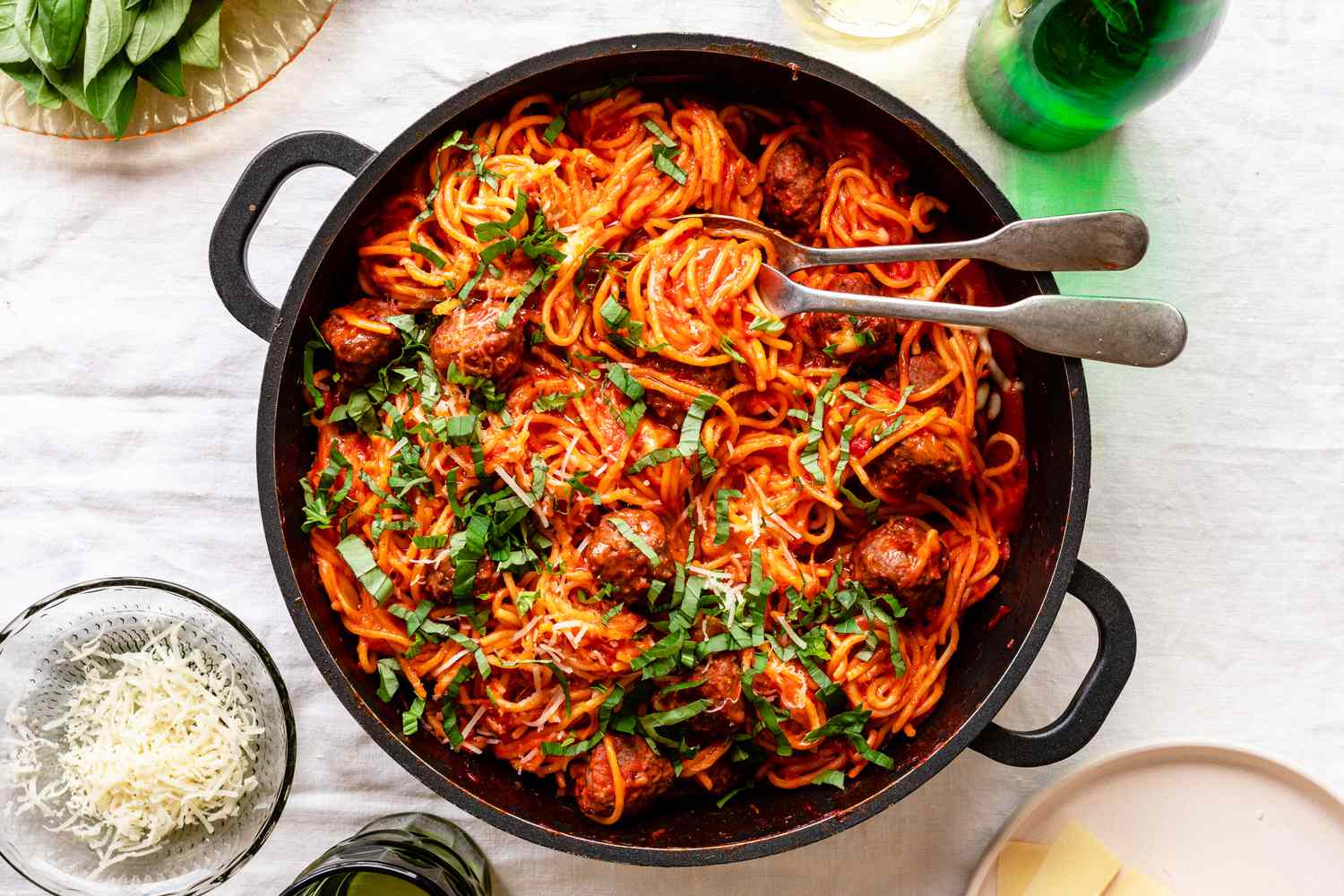
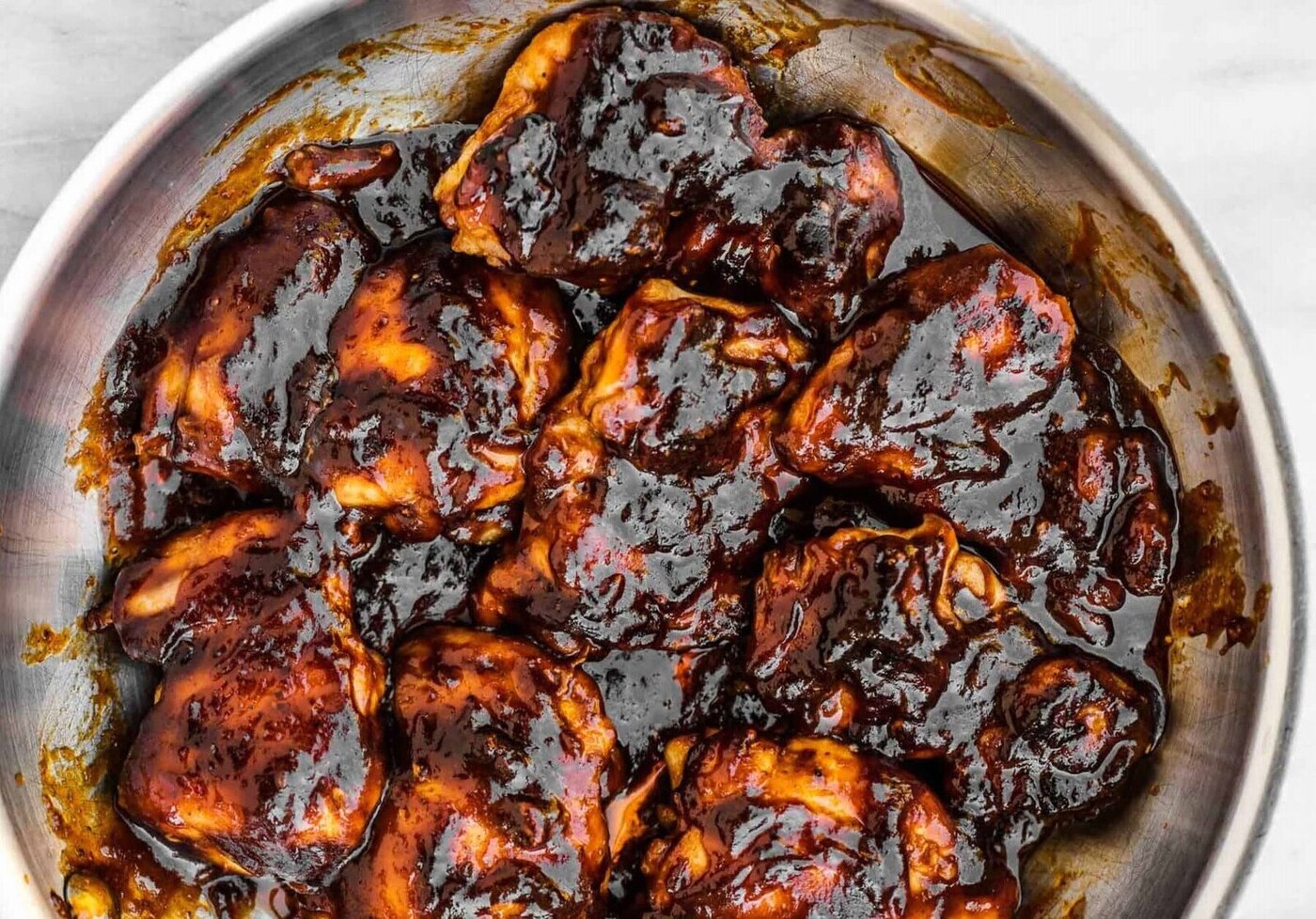
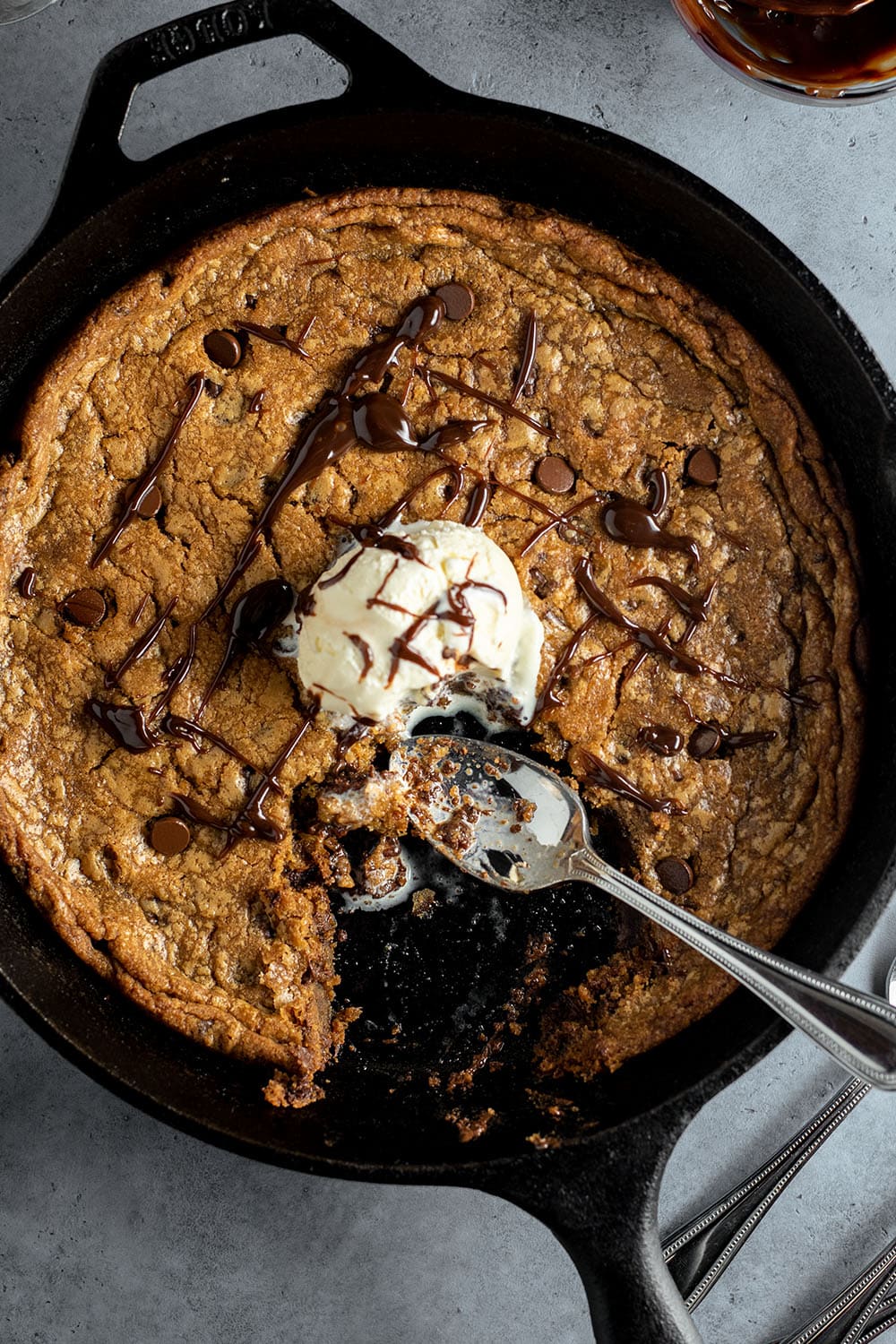
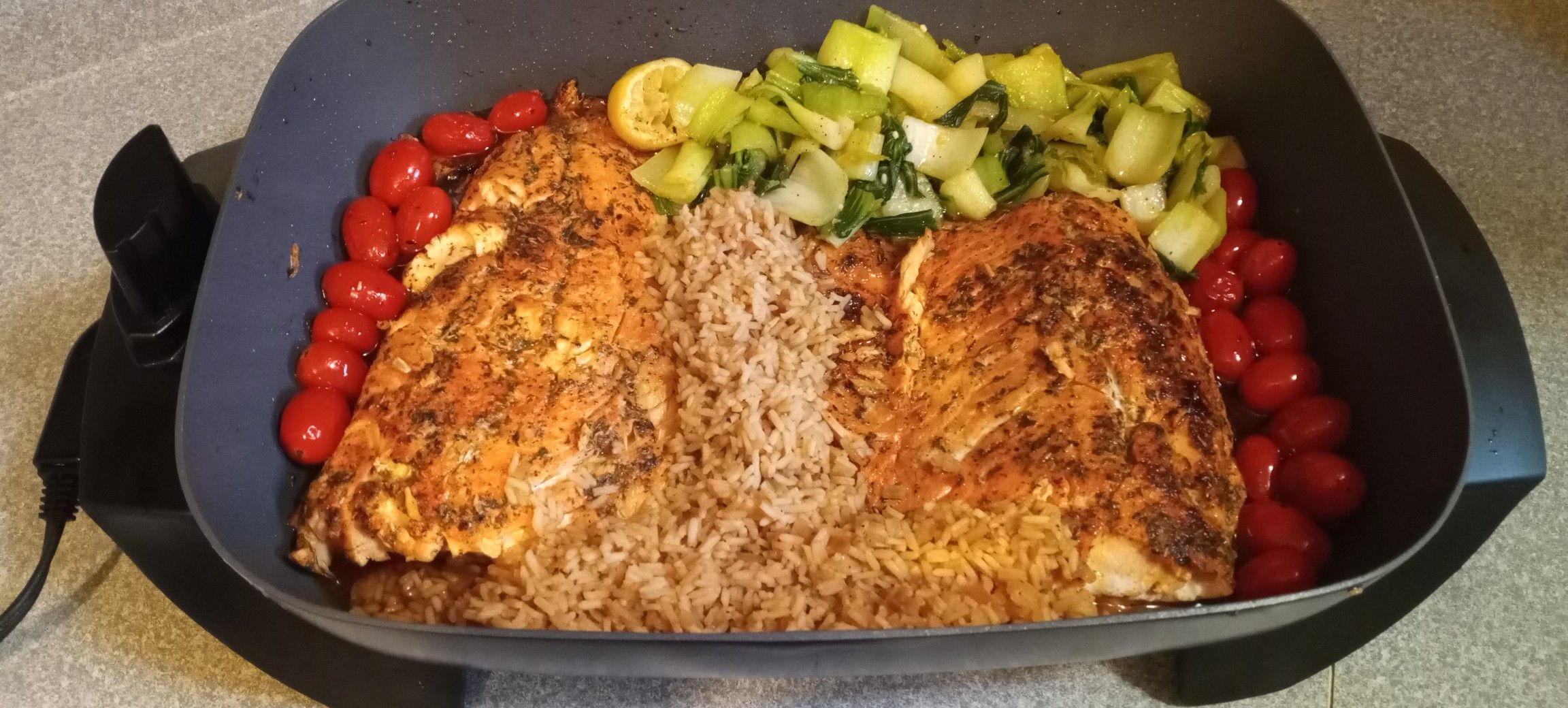
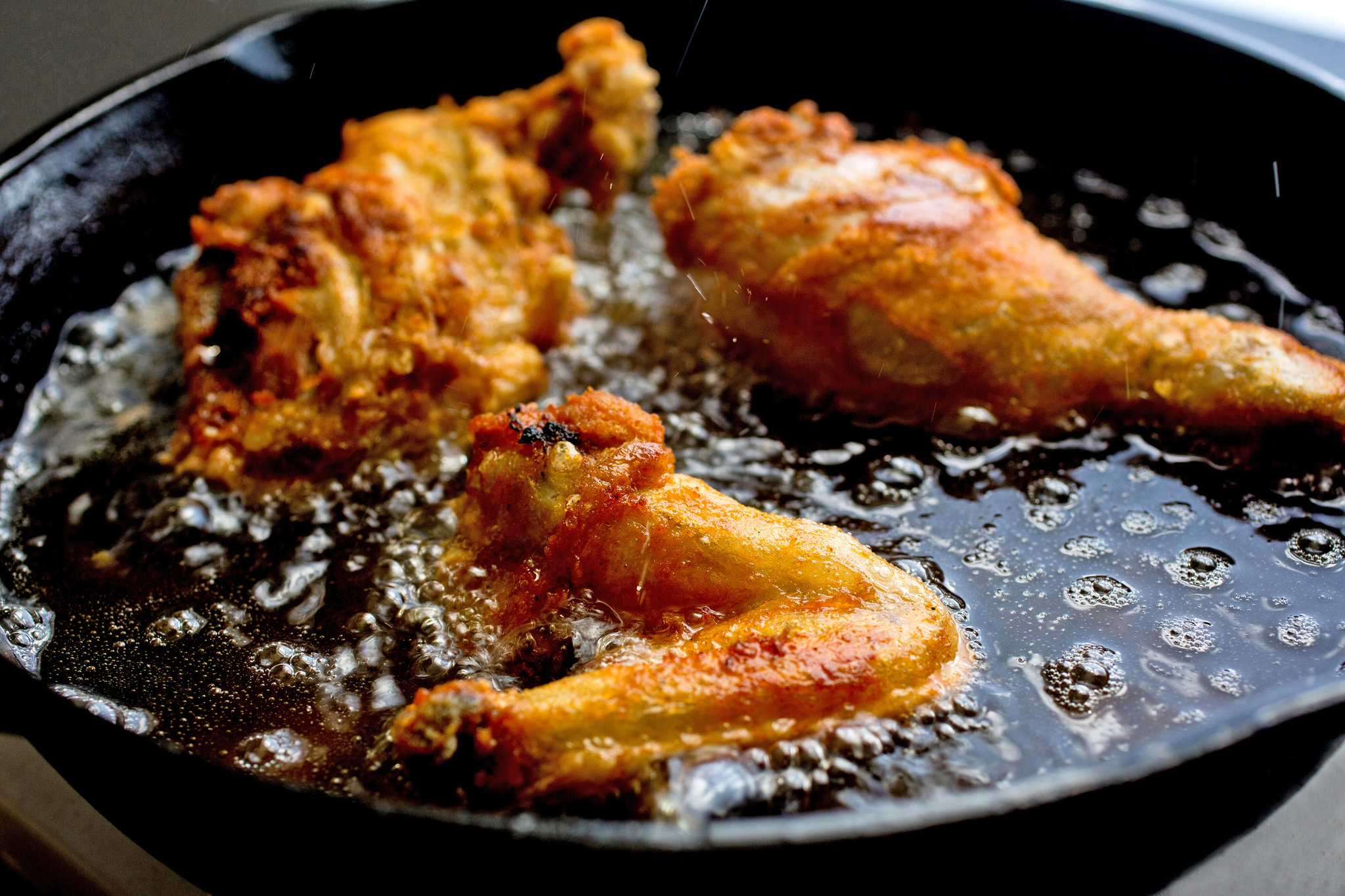
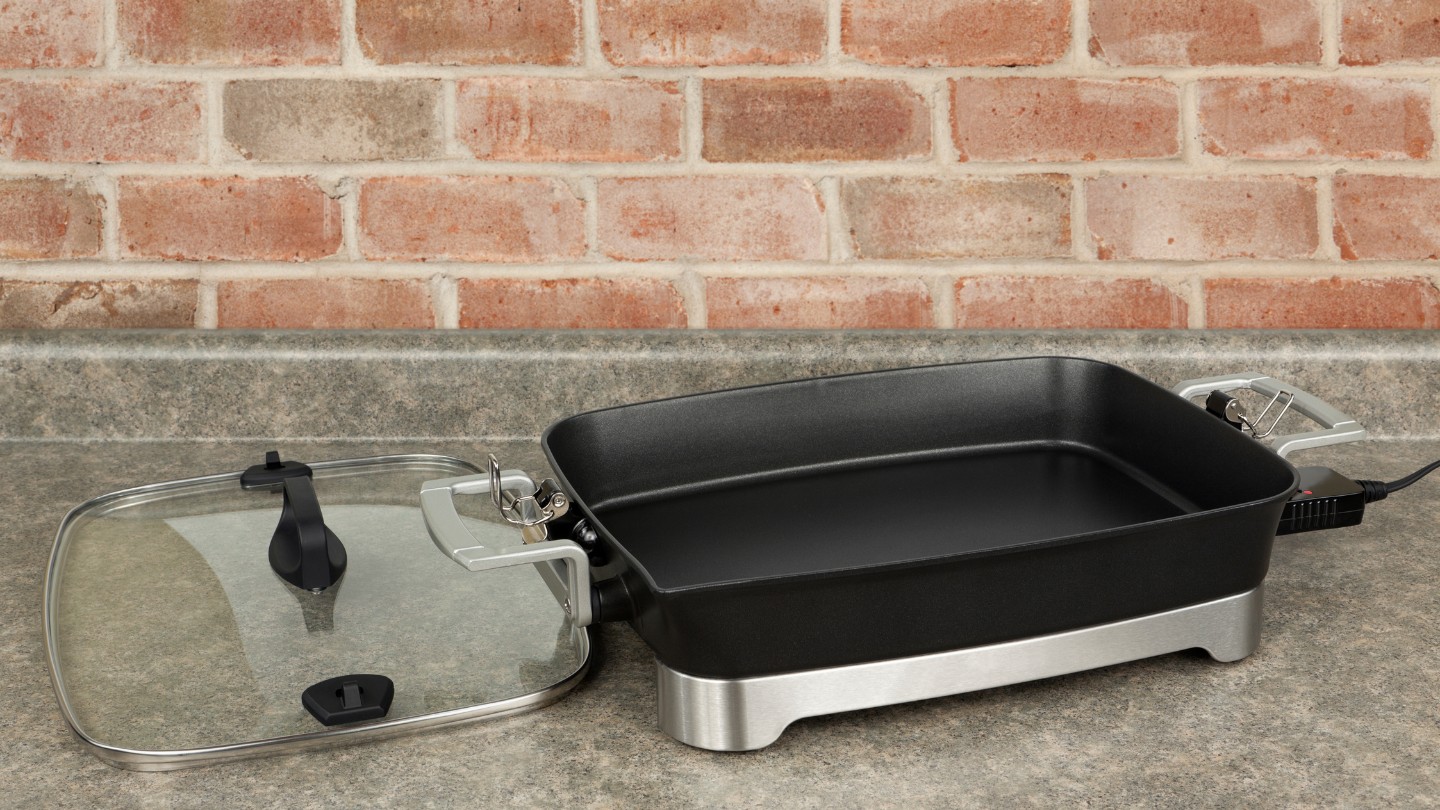
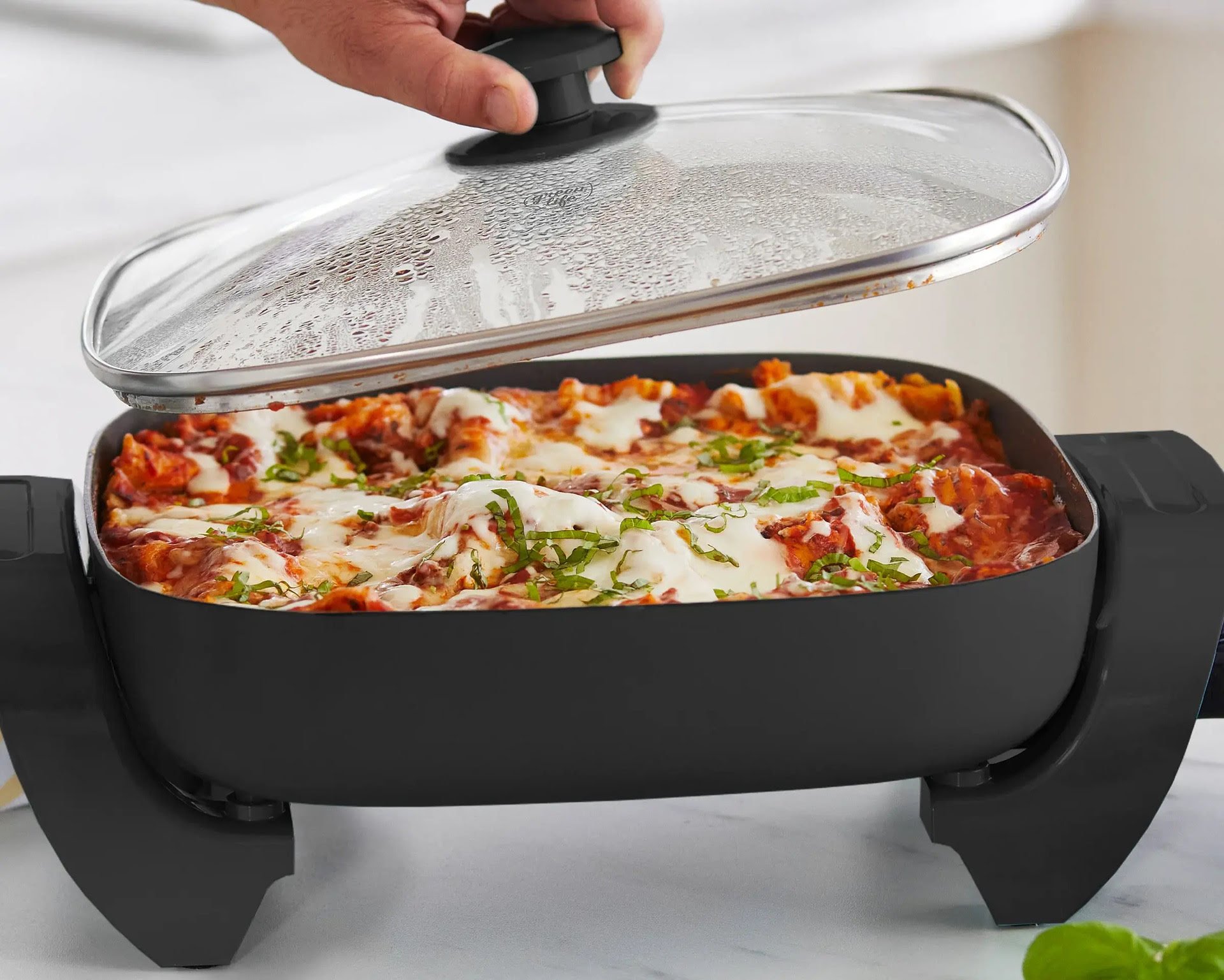
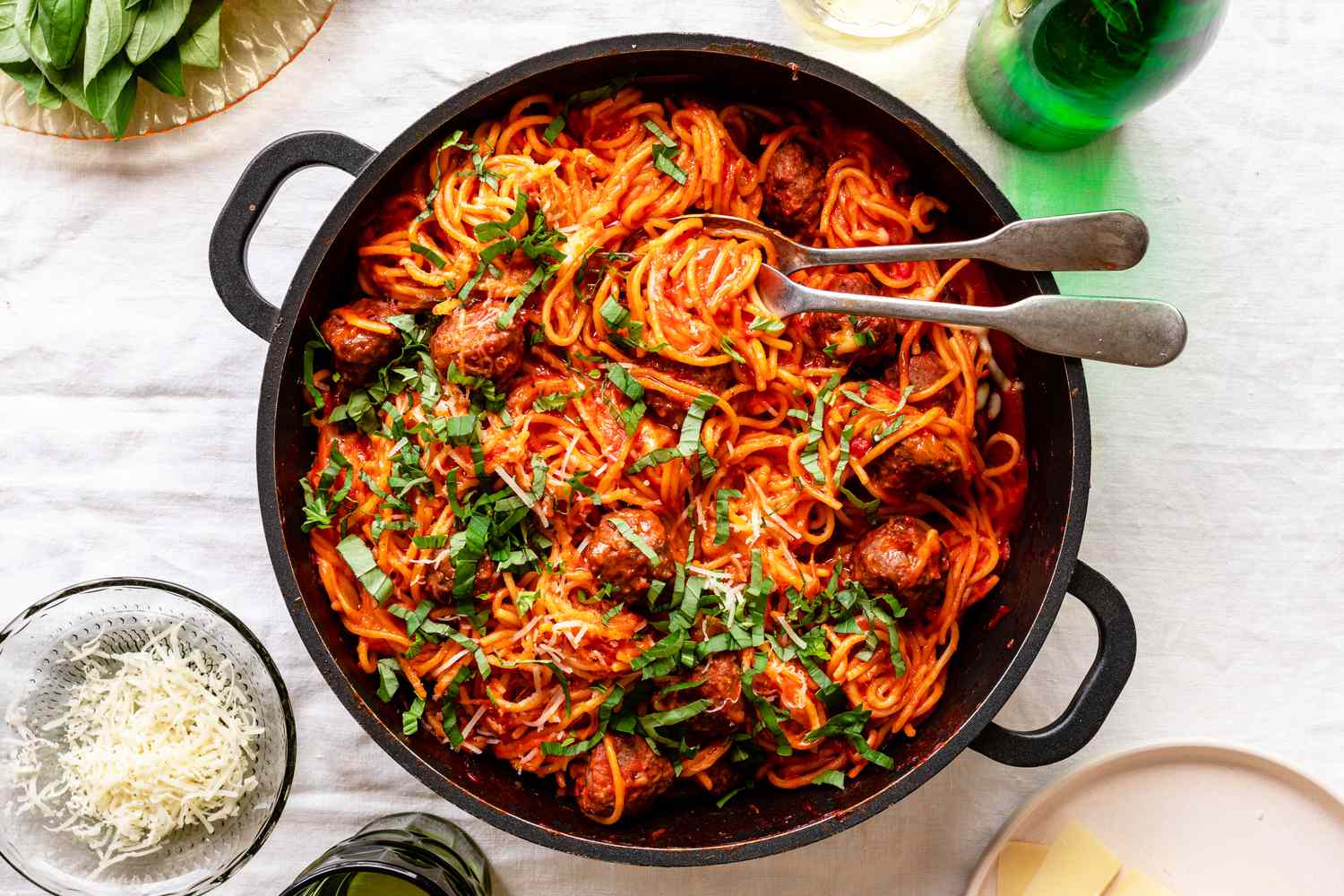
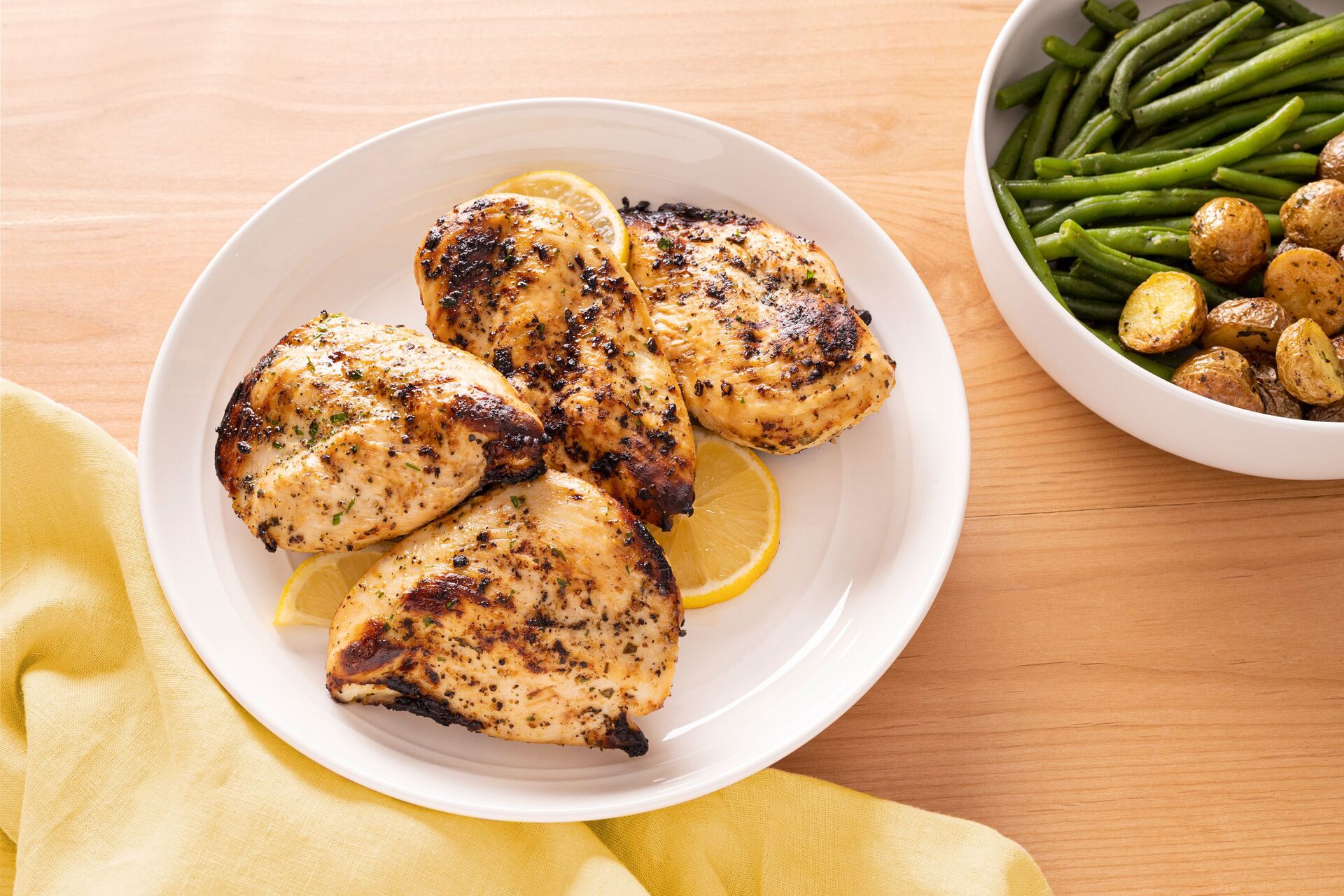
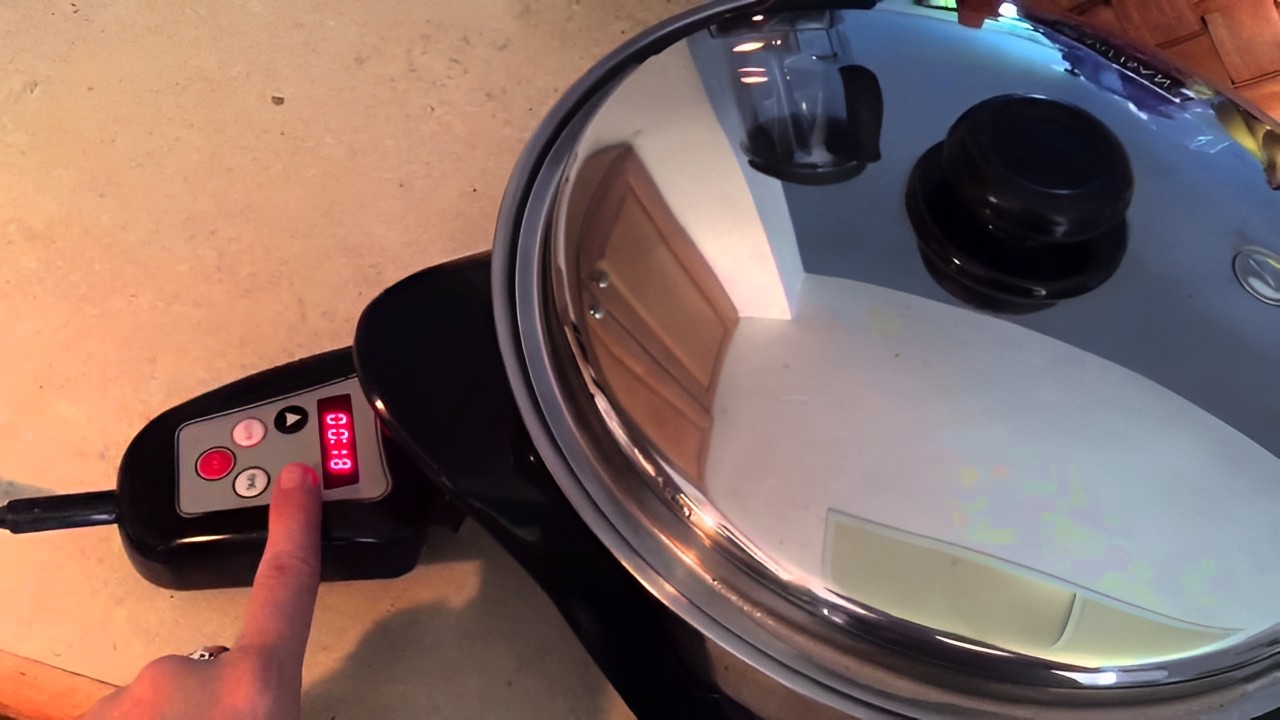
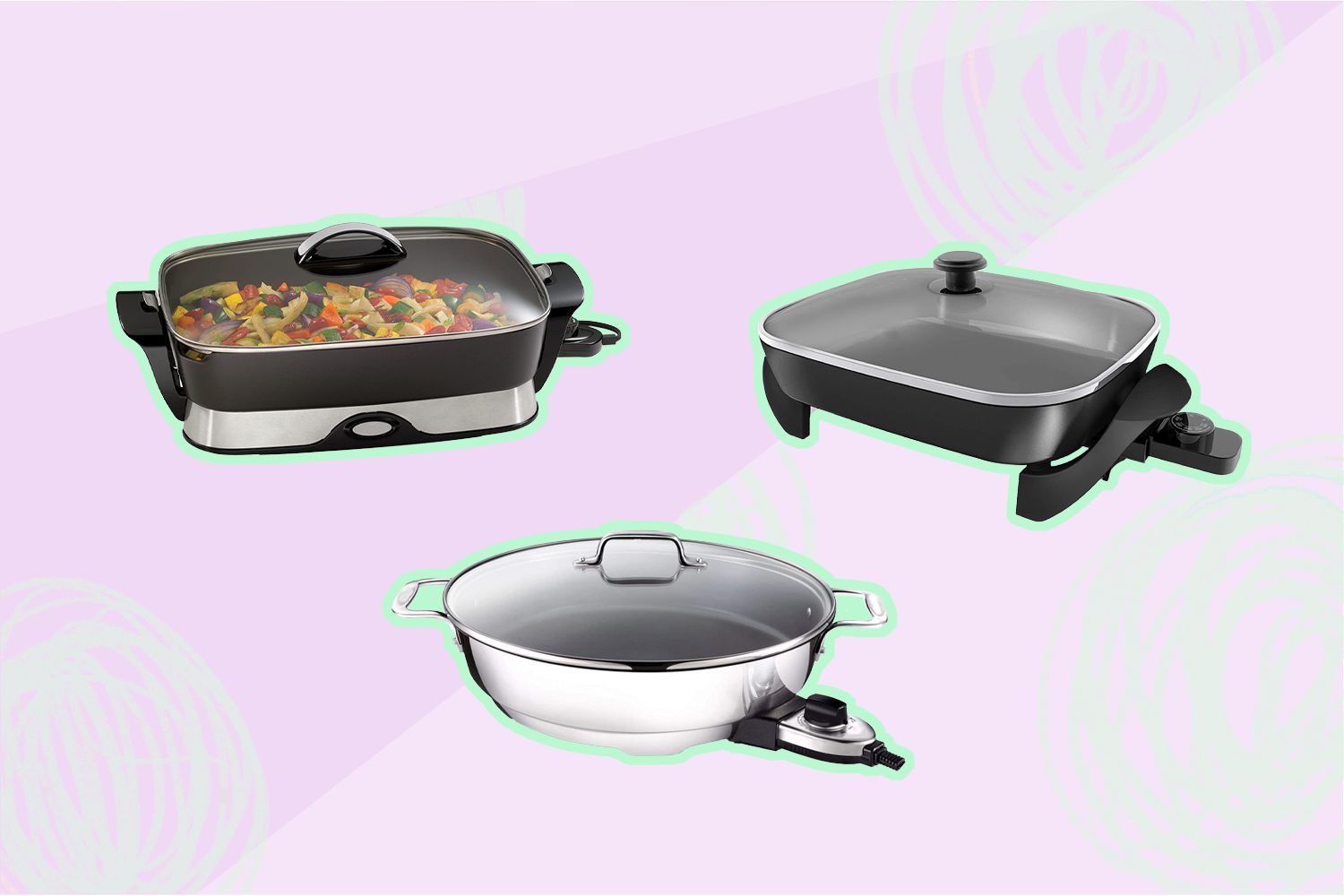
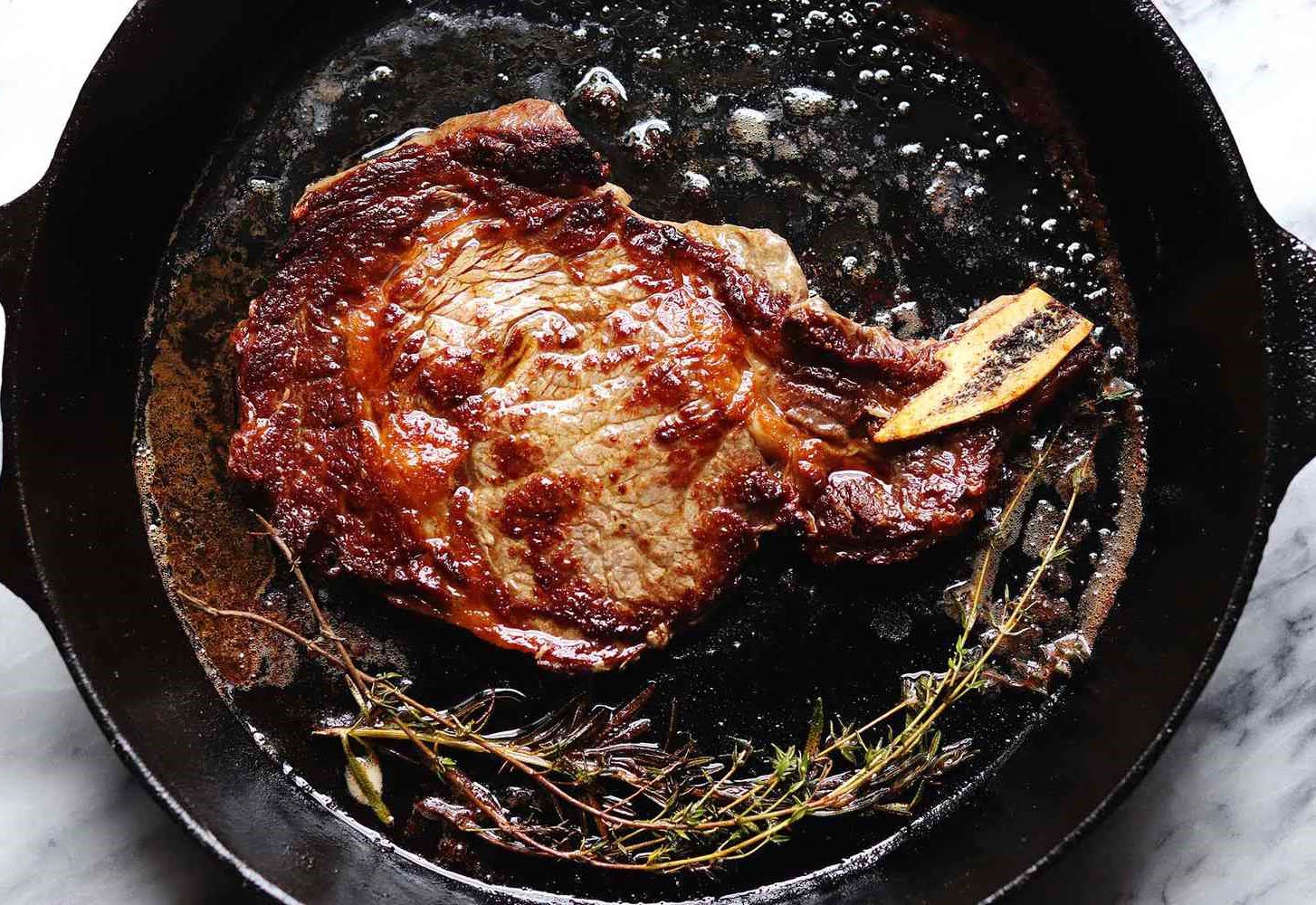
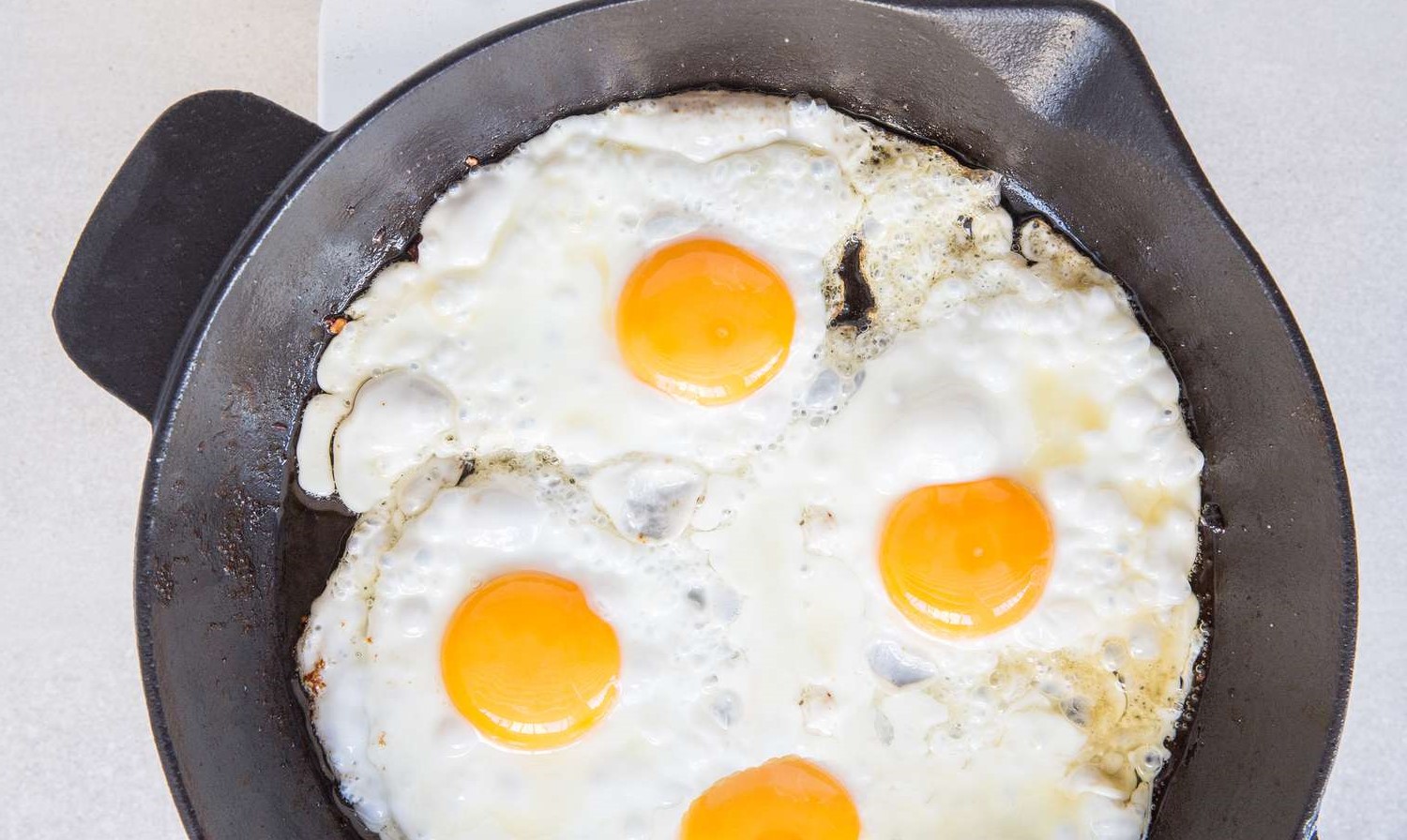

0 thoughts on “How To Make Cannabis Cooking Oil With Electric Skillet”